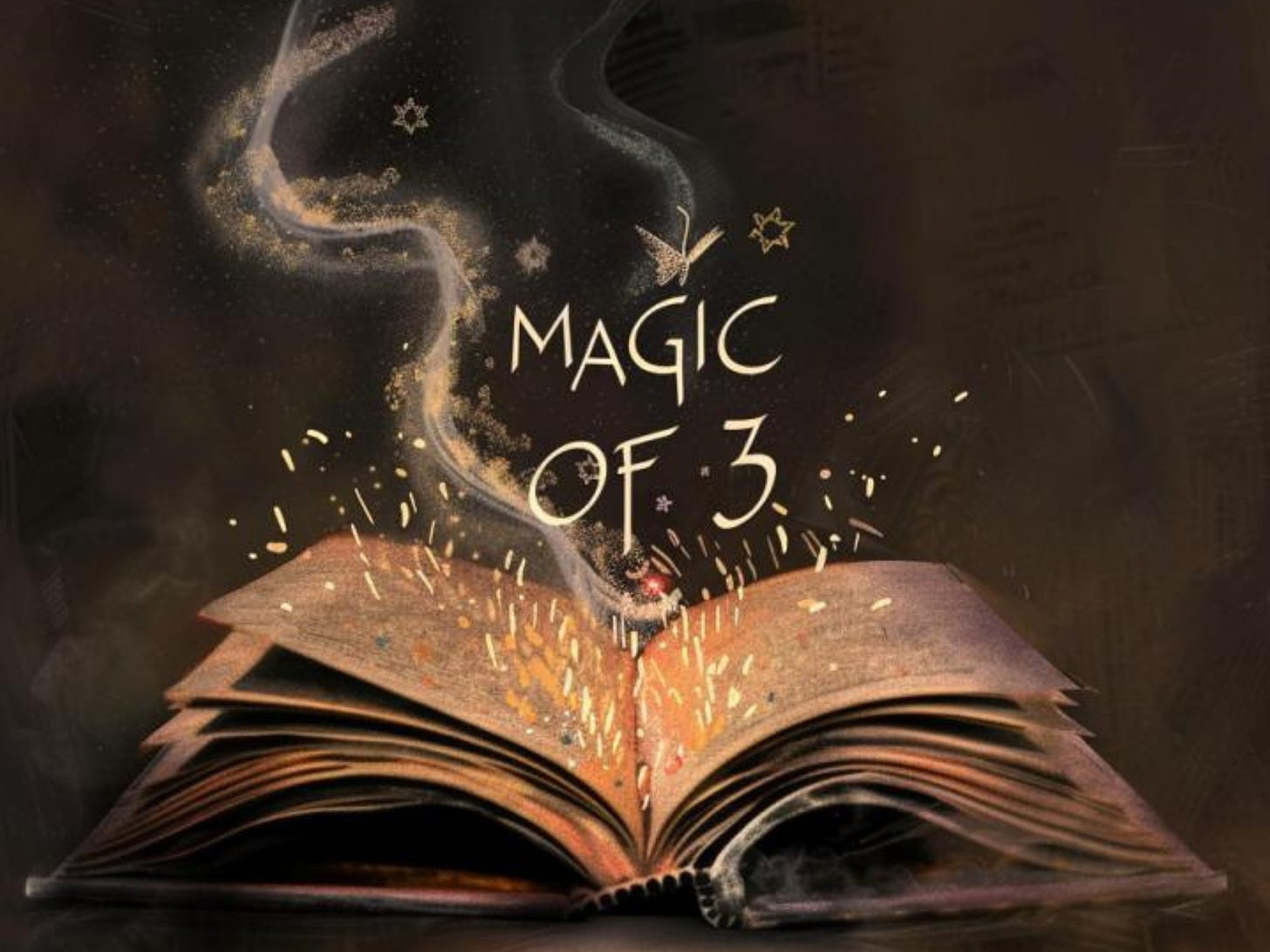Firstly, I need to explain a major issue that often crops up when working with children. When you ask a child to write a “short story”, do you know what you are actually asking of them? Because you just said “story”, and to them a story is Harry Potter and His Seven Books. So you just asked them to write something with the depth, power and detail of Harry Potter in half an hour. Obviously, this is not what you meant, but it is what they heard. So, let’s change our phrasing. If we want a child to write a “short story” (30-60min), then let’s refer to this as “short form” writing. We also need to explain that this means a snapshot from a story, a tiny moment within an arching narrative, a small scene, etc. Interestingly, this is still true for Harry Potter and The Many Fantasy Series That Came Before Him. You see, they are also only snapshots in time which have been taken from a much wider story. JK’s world of wizards existed many thousands of years before Harry was born and will continue to exist for many thousands of years after. His journey was just a snapshot.
Now that is out of the way, let’s get into today’s main point, which is that 3 is the most magical number in writing. Even in its most basic form, 3 dominates our stories through beginnings, middles and ends. This is not so much something to be taught but something to be observed. It’s incredibly hard to come up with a story that doesn’t involve a beginning, middle and end. Give it a go. You’ll struggle.
However, planning a story with a clear flow between the beginning, middle and end is not so easy. ‘The Snowflake Technique’ by Randy Ingermanson is a beautiful method many authors use to plan their novels. Essentially, the idea is that you start with 3 basic sentences which tell your story, then you turn these into 3 paragraphs, which evolve into 3 pages, which grow into 3 chapters, until eventually you have a neat 3-part structure and a complete novel. Even when working on short form writing, we can apply this logic. This is why I teach the ‘Trinity Rule’ - the rule of 3.
STEP 1:
ONE EVENT - ONE PLACE - ONE TIME
By applying this rule, we can keep the scene simple and direct the focus towards description (this another magic of 3 which I will explore in a separate piece). If the task is to write a story about being scared, then this would be a good example of the Trinity Rule.
ONE EVENT - I saw a spider
ONE PLACE - camping in the forest
ONE TIME - middle of the night
Nice and simple.
Before I move onto the next step, I just want to talk about ONE TIME. There are two things to consider here. Firstly, make sure you pick a weather/season/time of day that helps you with description. Secondly, by ONE TIME, I mean somewhere between 2-5 minutes in actual time. You can make the scene longer, but this often leads to more action which makes the story harder to tell, and our purpose here is to make the writing more manageable; therefore, make it simple by encouraging them into a short time frame and focus them on description.
Very importantly, our story is not going to start at the beginning. We are not going to explain how we packed up our bags, drove to the forest, set up our tent, watched the tent fall down, found a youtube video about how to set up a tent, ate crisp sandwiches because we forgot to pack the stove, and then lay down for the night in an uncomfortable sleeping bag with immediate regret at our choice of holiday. None of that matters. Instead, let’s start at the most important part of the story which is when we heard a noise outside of our tent.
STEP 2:
The 3 Sentence Plan.
For short form writing, if you cannot explain your story in 3 simple sentences, then it’s too complex. In fact, this works for long form as well:
Harry goes to a school for wizards.
Harry becomes one of the best.
Harry…(I won’t give away the ending).
So…
I woke up and heard some strange noises.
In this paragraph you want to describe the experience of being in the tent, describe the noises you hear, describe your growing fear, and get out of your sleeping bag.
I went outside to check it out.
In this paragraph, describe the night (loads to write about here) and talk more of your growing fear and the strange noises.
I saw a big, hairy spider.
Describe the spider, describe your terror, run away, trip over, and don’t worry about coming to a ridiculous climax or strange cliffhanger, just end the scene face down in the mud feeling silly and cowardly and wanting to go home.
This is easily the best way to help your child structure their “short form” writing and get them to focus on description and accuracy.
If you like, get them to have a go at the above writing, using the plan I have provided.
NEXT POST: Short Story 1 - Jacrow
Out on the 26th of March 9:00am






It's interesting how embedded the rule of three is. In any adventure scenario, you KNOW that the hero will fail the first two attempts and succeed on the third. Yet if the story surprised you by success on the second or fourth attempts - and surely surprise is a key element of adventure! - it would feel all wrong.